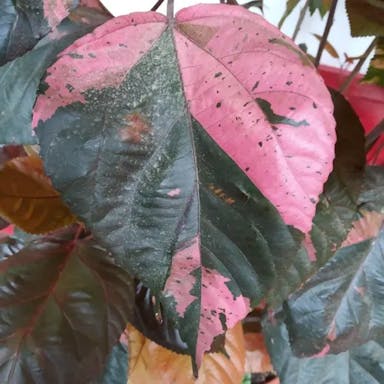Emubush, scientifically known as Eremophila longifolia, is a plant native to Australia, specifically found in arid regions. The elongated metallic gray leaves distinguish this vivid flower plant. In gardens, its striking color attracts pollinating bees, contrasting beautifully with other drought-tolerant foliage. Seeds scattered from small fruit ensure future propagation. Production of fruit plants requires suitable climates. Gardeners propagate varieties by sowing seeds or grafting. Many tropical fruits suffer fungal diseases in rainy seasons. Diversity prevents widespread crop failures. Traditionally medicines use roots, leaves, stems and fruit. Specific compounds treat illnesses. Proper identification by professional botanists prevents accidental poisoning. Education and research continue expanding benefits from nature's pharmacy. Careful labeling and documentation preserve rare genetic strains. Public seed banks conserve samples against future need. Experts selectively breed incremental improvements in emerging hybrids. Continued exploration promises discovery of additional therapeutic plant derivatives.
0
0








